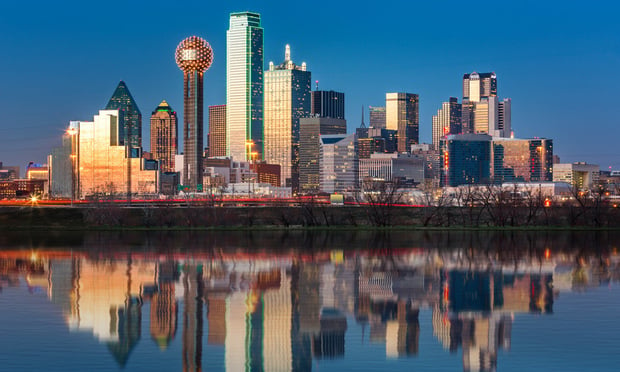As energy costs approach record levels, towns and municipalities are striving to establish standards and increase their sustainability profile. Currently, there is no lack of confusion on how best to make buildings energy-efficient and sustainable using regulatory approaches. With a plethora of checklists and rating systems (and a lot of debate as to what approach is truly effective) it is imperative that local governments have a credible, enforceable and adoptable code in place. It is through the effective application and enforcement of standardized codes that the most meaningful improvements to the health, safety and welfare of the public have been achieved.
(For more on sustainability and best practices in the built space, read Better Buildings, appearing quarterly in Real Estate Forum.)
That’s why the International Green Construction Code, which was finalized and issued in late March by the International Code Council, the leading code-authoring organization in cooperation with the American Institute of Architects and the American Society for Testing and Materials is so important. The product of a public process including comment periods and hearings throughout 2010 and 2011, the IgCC, otherwise known as the Green Code, is the first real attempt to codify an enforceable standard for how to achieve energy savings in the biggest consumers of energy in the United States: commercial buildings.
Since the first IgCC drafts were published in early 2010, other important players from the building industry have joined forces with the ICC, AIA and ASTM in supporting the code, including USGBC, ASHRAE and IESNA. The IgCC has been endorsed by the US Conference of Mayors. A handful of states, including Rhode Island and Maryland, have already adopted it in earlier versions, though so far there are no strict mandatory adoptions to date.
So what is so good about yet another building code? Here are the IgCC’s main attributes:
•The IgCC is enforceable, but flexible. The IgCC’s biggest attribute is its flexibility. The IgCC is easily customized by local municipalities and states to meet the goals that are locally established. Like the other books in the family of i-codes, it is a model code and will work as an overlay to existing codes. Most important, it will read and be administered like other codes and utilize the same distribution, training, permitting and enforcement procedures that are already in place across the country. There will be no special “green permit” associated with the IgCC.
•The code is necessary to make a dent in the nation’s energy consumption. Buildings account for almost 40% of all greenhouse gas emissions and 76% of all power-plant generated electricity. Architects know that buildings can be designed to operate with significantly less than today’s average energy levels, often with little or no additional cost. For measurable progress we need a regulatory framework that can be offered only by a code.
• The code is the product of a lengthy but transparent vetting process. The code will carry with it the considerable recent experience as to what actually works and will be the result of input from architects, engineers, code officials, contractors, building owners and other experts. Most important, it will read and be administered like other codes and utilize the same distribution, training, permitting and enforcement procedures that are already in place across the country.
From the beginning, my profession has taken a leadership position in the development of, and advocacy for, IgCC. The AIA decided early on to get behind the Green Code and to have a leading voice in its development and completion.
Market forces over the past 15 years have ensured that the game has changed. Green construction practices are becoming more main stream every day. The IgCC offers much needed clarification in a regulatory framework incorporating those practices at minimum levels. By making the code something architects can embrace, my profession is also in a much better position to demonstrate that the IgCC will also greatly benefit the nation’s economy and security by making it more relevant to the nationwide discourse on sustainability.
The AIA will be advocating for the adoption of the Green Code state-by-state, community-by-community where guidance and technical assistance is called for. AIA members have the sustainable-design knowledge to help their communities determine if and when the IgCC is right for them. The support of the public is needed to adopt this new code. For more information talk to a local AIA architect or go to AIA.org or iccsafe.org/igcc.
We hope you will join us in this important endeavor. Let your local elected leaders know that adoption of the IgCC is one of the best ways the nation can conserve fuel and move America closer to energy independence.
Jeff Potter is president of the American Institute of Architects, based in Washington, DC. Views expressed here are the author's own.
Continue Reading for Free
Register and gain access to:
- Breaking commercial real estate news and analysis, on-site and via our newsletters and custom alerts
- Educational webcasts, white papers, and ebooks from industry thought leaders
- Critical coverage of the property casualty insurance and financial advisory markets on our other ALM sites, PropertyCasualty360 and ThinkAdvisor
Already have an account? Sign In Now
© 2024 ALM Global, LLC, All Rights Reserved. Request academic re-use from www.copyright.com. All other uses, submit a request to [email protected]. For more information visit Asset & Logo Licensing.








